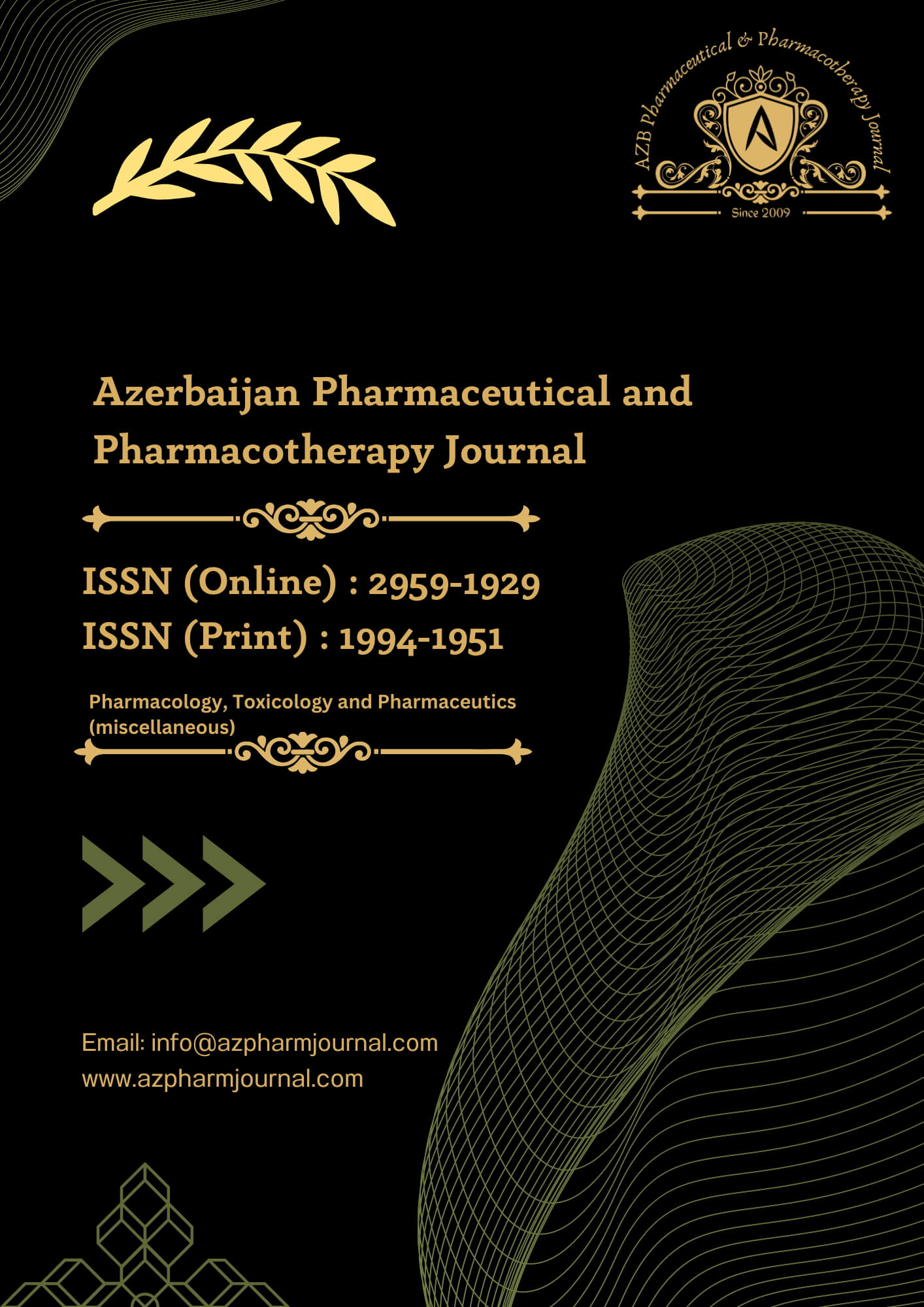Components of phytochemistry
Polyphenols, tannins, flavonoids, saponins, steroids, glycosides, and alkaloids were among the phytochemicals found in the ethanol stem bark extract of C. sieberiana; anthraquinones were not present.
Test for acute toxicity
The ethanol stem bark extract of C. sieberiana did not produce any lethality or visible signs of toxicity in rats up to the oral dose level of 5000 mg/kg body weight 24 hours after treatment. Further monitoring for seven days did not still yield mortality or visible toxic signs. Therefore, the LD50 value exceeded 5000 mg/kg of body weight.
Antibacterial activity
The potency of C. sieberiana ethanol stem bark extract against pathogenic bacterial organisms was investigated. As a reference drug, Cefoxitin at 20 μg/ml demonstrated high activity against all organisms assayed (Table 1), and the extract showed strong activity against all tested bacterial strains. C. sieberiana extract exerted lowest activity against E. coli and Proteus mirabilis and the highest activity against P. aeruginosa, K. Pneumonea, S. aureus, and S. pyrogenes. The results of the reported minimum inhibitory concentration (MIC) are shown in Table 2.
Impacts on the indicators of haematology
Table 3 depicts the effects of ethanol stem bark extract of C. sieberiana on haematological indices. There were minimal variations in haematological parameters in rats exposed to all doses of the ethanol stem bark extract compared to control.
Effect of the of extract on kidney indices
The stem bark extract of C. sieberiana did not show much significant difference in activity on the kidney parameters after administration of the extract except significant (p< 0.05 and p<0.01) difference on Chloride and uric acid in treated rats compared to the control (Table 4).
Effects on biochemical parameters
The effect of C. sieberiana ethanol stem bark extract assessment on biochemical parameters in rats are shown in Table 5. The extract caused non-significant effects on the plasma levels of liver enzymes (ALT, AST and ALP), total proteins and albumin compared to the control group.
Impact of the extract on rats' essential organs
After being administered daily for 21 days, the ethanol stem bark extract of C. sieberiana did not significantly affect the weight of the rats' various essential organs (Table 6). In terms of macroscopy, every organ was similar to the control.
Table 1: Cefoxitin and C. sieberiana leaf extracts in ethanol have antibacterial properties.
Pseudomonas Organisms Inhibition zones (mm)
Extract Cefoxitin
Escherichia coli 16 20
aeruginosa 20 26
Staphylococcus aureus 18 24
Klebsiella pneumonia 20 30
Streptococcus pyogenes 18 26
Proteus mirabilis 15 22
Table 2: The ethanol stem bark extract of C. sieberiana at its minimum inhibitory concentration (MIC)
Organisms Minimum inhibitory concentration (μg/ml)
Escherichia coli 50
Pseudomonas aeruginosa 22
Staphylococcus aureus 45
Klebsiella pneumonia 28
Streptococcus pyogenes 30
Proteus mirabilis 35
Table 3: Impact of C. sieberiana stem bark extract on ethanol on haematological markers in rats
______________________________________________________________________________
Dose (mg/kg)
Indices Control 100 200 400
RBC (x1012/L) 8.42±2.17 8.62±2.55 9.11±1.71 8.80±2.52
HGB (g/dL) 16.50±2.20 16.62±2.81 17.19±1.91a 17.51±2.16a
PCV (%) 51.51±0.31 51.80±0.11 52.20±0.22a 52.80±0.03a
MCV (fl) 32.16±0.33 32.91±0.25 32.06±0.19 35.84±0.54b
MCHC (g/dL) 31.29±0.51 31.60±0.88 31.95±0.59a 31.70±0.22a
WBC (x109 /L) 10.43±0.75 11.61±0.51a 11.42±0.94a 11.72±0.66a
PLT (103 /L) 945.11±42.81 944.00±44.1 943.93±50.81 950.03±50.11a
Neutrophils (%) 25.03±1.61 25.11±1.33 26.06±2.01a 25.56±1.11a
Lymphocytes (%) 70.54±11.10 70.33±11.06 70.59±10.9 70.31±12.21
Monocytes (%) 1.06±0.32 0.91±0.42 1.05±0.29 0.94±0.42
Eosinophil (%) 1.23±0.16 1.31±0.11 1.22±0.14 1.30±0.12
Data are means ± SEM (n = 6). a significantly different from control at P<0.05; bsignificantly different from control at P<0.01.
RBC, red blood cells; HGB, hemoglobin; PCV, packed cell volume; MCV, mean corpuscular volume; MCHC, mean corpuscular hemoglobin concentration; WBC , white blood cells; PLT, platelets
Table 4: Rat kidney parameters are affected by C. sieberiana leaf extract in ethanol.
______________________________________________________________________________
Doses (mg/kg)
_____________________________________________________________________________________________
Indices Control 100 200 400
Na (mmol/L) 141.60±10.30 140.90±11.20 142.40±10.60a 142.3±15.2a
Ca (mmol/L) 2.60±0.30 2.60±0.40 2.7±0.30 2.70±0.70
K (mmol/L) 5.50±1.20 5.40±1.70 5.8±0.60 5.9±1.00
Cl (mmol/L) 90.40±6.30 91.60±7.10 95.0±5.80a 97.30±6.80b
Creatinine (µmol/L) 41.60±2.10 41.30±1.80 41.6±6.30 42.6±4.00a
Urea (mmol/L) 8.30±1.00 8.20±1.50 8.00±2.50 8.40±1.00
Uric acid (mmol/L) 159.30±11.7 160.80±10.600 161.40±9.5a 162.9±16.80b
_____________________________________________________________________________________________
Data are means ± SEM (n = 6). Data are means ± SEM (n = 6). a significantly different from control at P<0.05; bsignificantly different from control at P<0.01.
Table 5: Rat liver parameters were affected by the ethanol stem bark extract of C. sieberiana.
____________________________________________________________________________
Dose (mg/kg)
Indices Control 100 200 400
AST (IU/L) 170.10±14.20 171.40±13.20 175.00±6.20b 175.6±4.60b
ALT (IU/L) 46.90±9.50 47.50±10.70 47.40±6.40 48.60±7.40a
ALP (IU/L) 192.71±10.10 192.40±10.10 194.40±11.30a 196.30±12.50b
TP (g/dL) 6.01±3.20 6.45±4.40 6.61±3.50 6.70±2.40
Alb. (g/dL) 2.15±11.10 2.70±9.20 2.67±8.50 2.34±6.40
Data are means ± SEM (n = 6). Data are means ± SEM (n = 6). a significantly different from control at P<0.05; bsignificantly different from control at P<0.01.
AST, Aspartate aminotransferase, ALT, alanine aminotransferase; ALP, alkaline phosphatase; TP, total protein; Alb, albumin
Table 6: Impact of C. sieberiana stem bark extract on the relative weight of the rats' essential organs
______________________________________________________________________________
Dose (mg/kg
_____________________________________________________________________________________
Organs Control 100 200 400
Heart 0.38±0.01 0.39±0.01 0.40±0.01 0.37±0.03
Lungs 0.57±0.04 0.58±0.05 0.56±0.07 0.57±1.00
Kidneys 0.76±0.02 0.75±0.05 0.77±0.04 0.78±0.03
Liver 3.51±0.13 3.50±0.10 3.49±0.25 3.53±0.11
Data are means ± SEM (n = 6).
